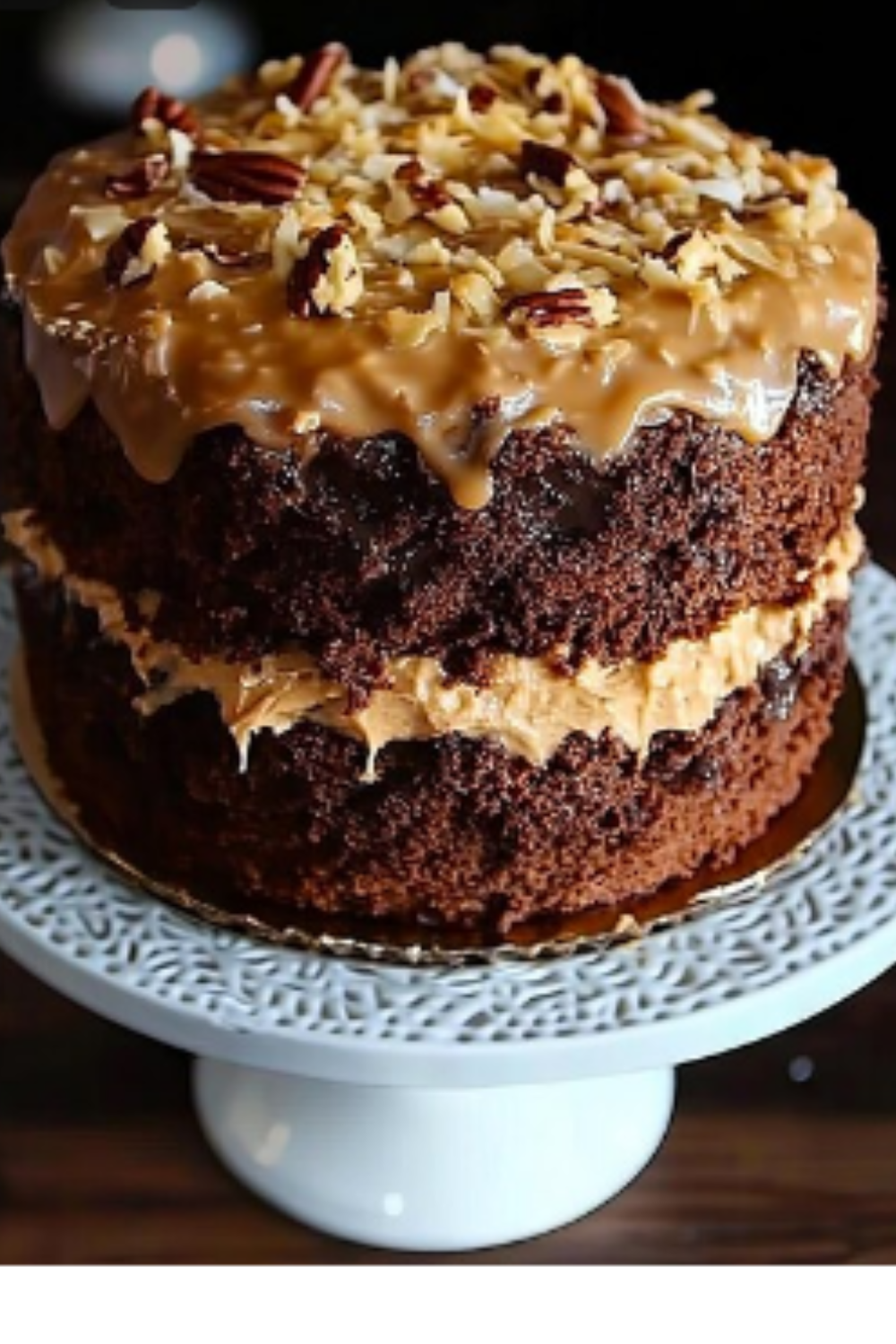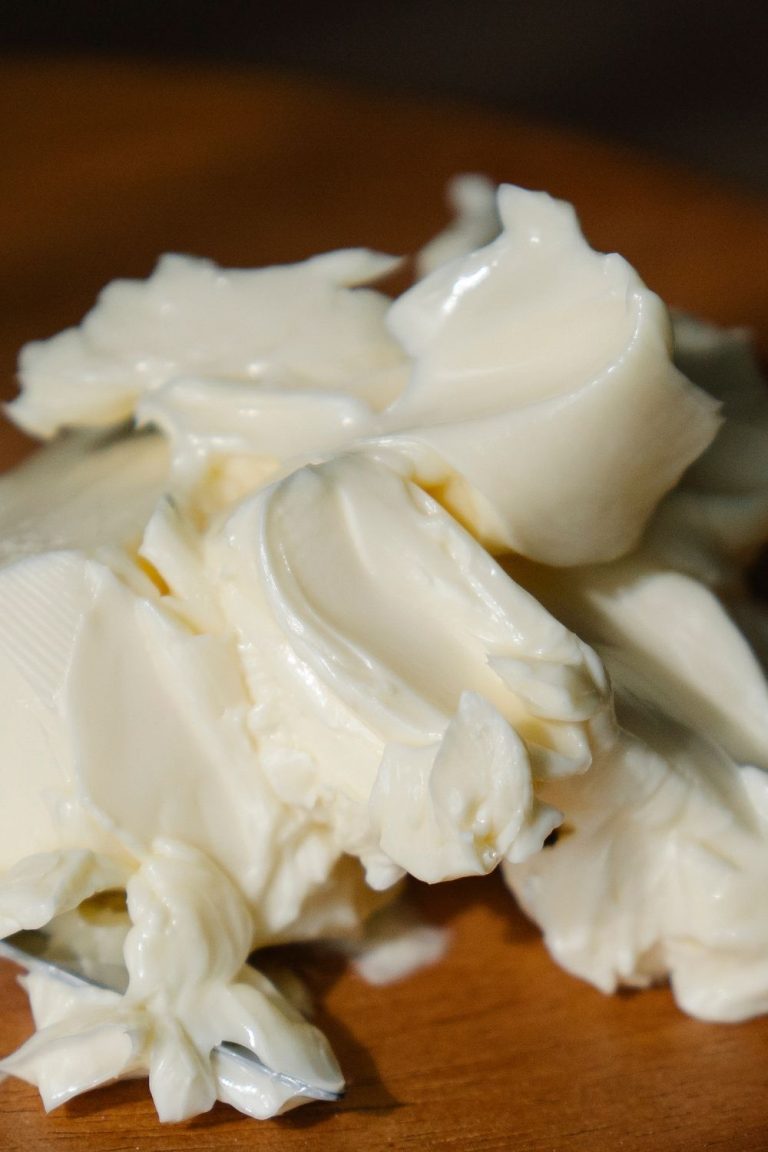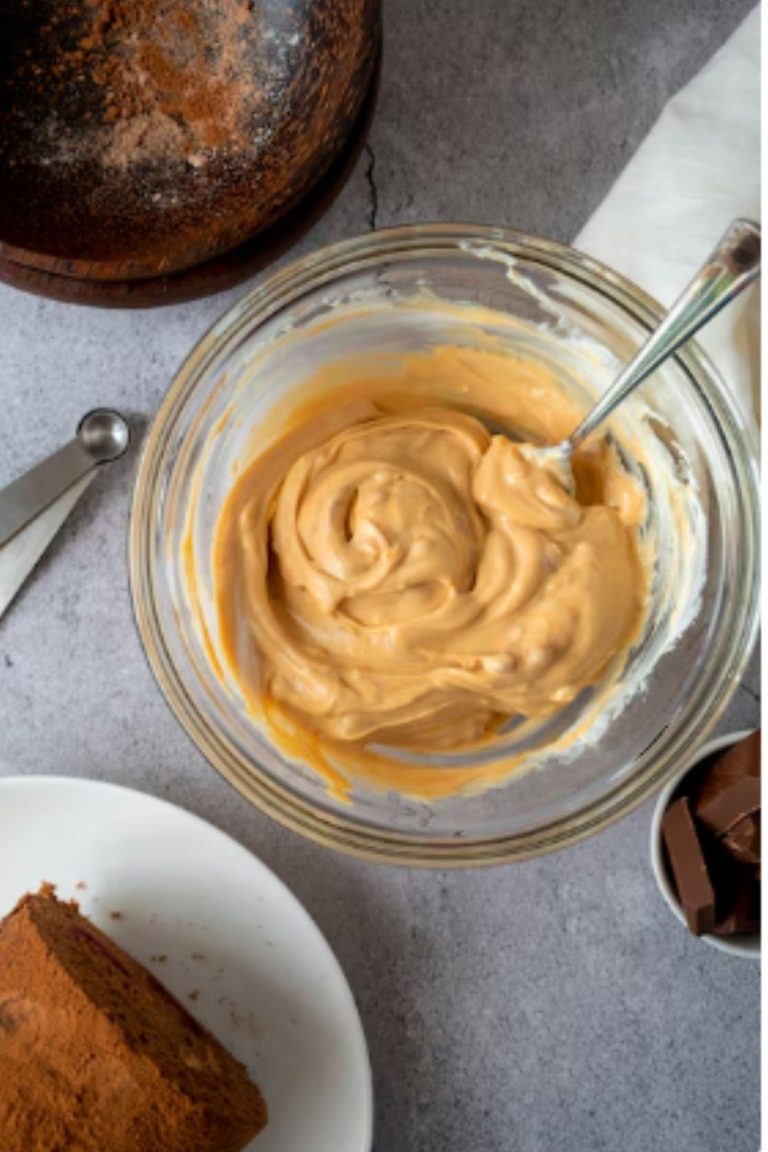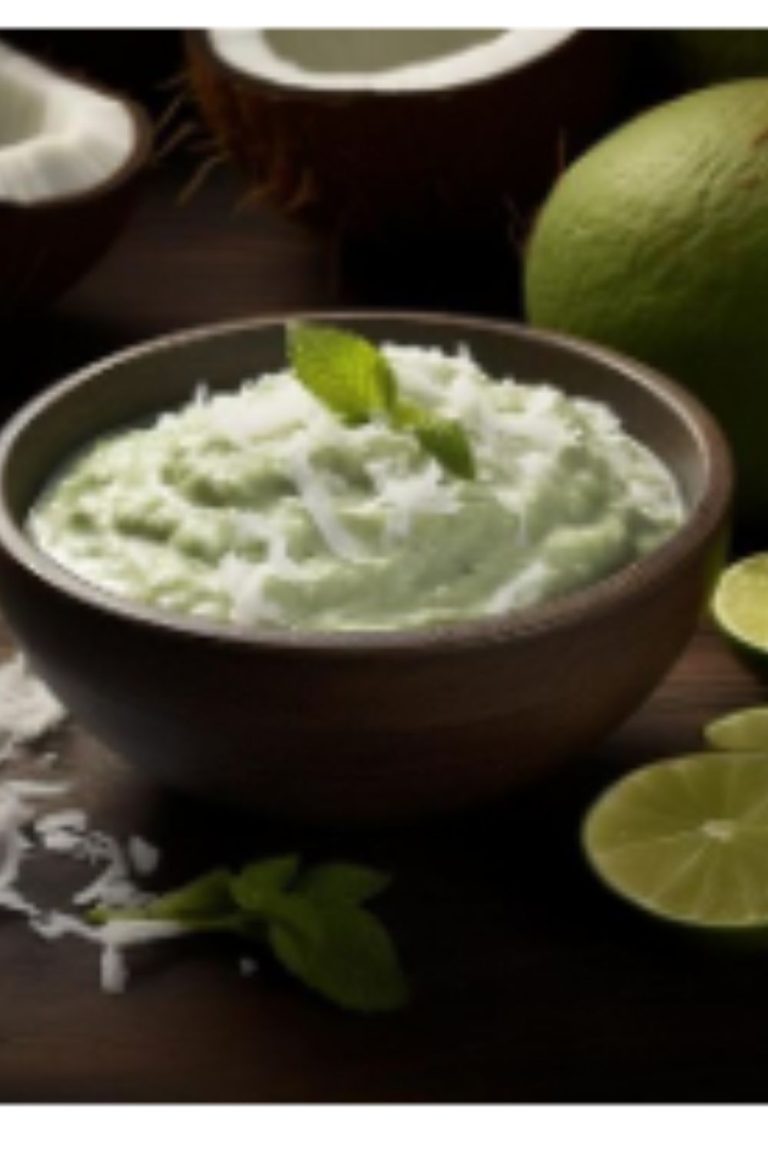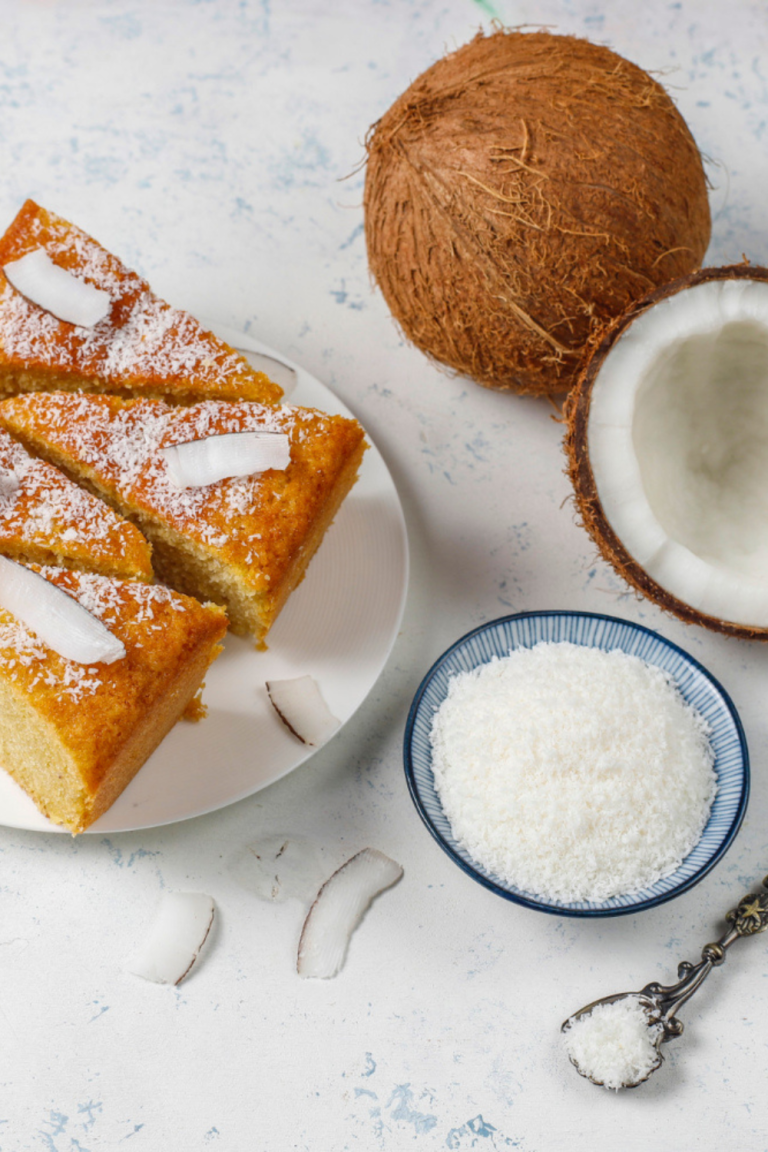AB: Almond Butter role in cakes Clarified
If you’ve ever wondered how to take your baking to the next level, you’re in for a treat. In this topic, I’m going to talk about almond butter and its role in cakes, based on my own personal experience. Almond butter is not just a trendy health food; it’s a game-changer in the baking world that can elevate your cakes to new heights.
Table of Contents
ToggleWhat is Almond Butter?
Almond butter is a creamy spread made from ground almonds. It’s similar to peanut butter but has a distinct, slightly sweet, and nutty flavor. You can find almond butter in most grocery stores, and it’s often marketed as a healthier alternative to other nut butters because it’s packed with nutrients like healthy fats, protein, vitamins, and minerals. Check out the right Almond Butter, cake tools, and ingredients that you need here.
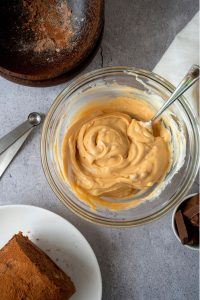
Why Use Almond Butter in Cakes?
Almond butter isn’t just for spreading on toast or stirring into smoothies. When you incorporate it into your cakes, you’re adding richness, moisture, and a subtle nutty flavor that can transform a good cake into a great one. Here’s why almond butter deserves a spot in your next baking session:
- Adds Moisture: Almond butter adds a wonderful moisture to cakes, making them soft and tender. This is especially helpful in recipes that might otherwise turn out dry.
- Enhances Flavor: The natural nutty sweetness of almond butter can complement a wide range of cake flavors, from chocolate to vanilla to fruit-based cakes.
- Boosts Nutrition: By using almond butter, you’re sneaking in some extra protein, fiber, and healthy fats. This means your cake isn’t just delicious but also a bit more nutritious. Check out the right Almond Butter, cake tools, and ingredients that you need here.
How to Use Almond Butter in Cakes
Using almond butter in cakes is straightforward. Here are a few tips from my own kitchen:
- Substitute for Butter or Oil: In many cake recipes, you can replace some or all of the butter or oil with almond butter. This not only adds flavor but also makes the cake moister.
- Add to the Batter: Mix almond butter directly into the cake batter. It blends well and ensures that the nutty flavor is evenly distributed throughout the cake.
- Filling and Frosting: Almond butter can also be used as a filling between cake layers or as a base for frosting. Mix it with powdered sugar and a bit of milk or cream for a delicious and unique frosting.
Recipe Idea: Almond Butter Chocolate Cake
Here’s a simple recipe idea to get you started:
Ingredients:
- 1 cup almond butter
- 1 cup sugar
- 3 eggs
- 1/2 cup unsweetened cocoa powder
- 1 teaspoon baking soda
- 1/2 teaspoon salt
- 1 teaspoon vanilla extract
Instructions:
- Preheat your oven to 350°F (175°C). Grease a 9-inch round cake pan.
- In a large bowl, mix the almond butter and sugar until smooth.
- Add the eggs one at a time, beating well after each addition.
- Stir in the cocoa powder, baking soda, salt, and vanilla extract.
- Pour the batter into the prepared cake pan and smooth the top.
- Bake for about 25-30 minutes, or until a toothpick inserted into the center comes out clean.
- Let the cake cool in the pan for 10 minutes, then turn it out onto a wire rack to cool completely. Check out the right Almond Butter, cake tools, and ingredients that you need here.
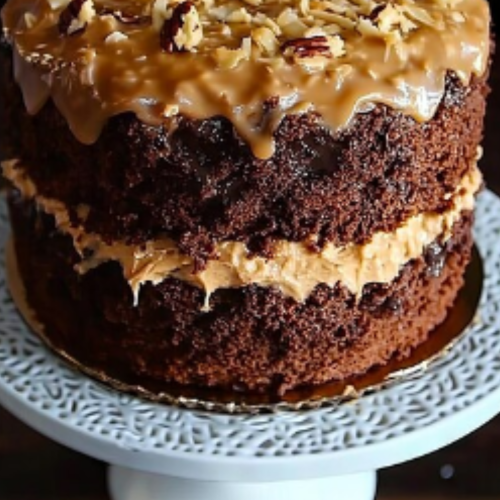
Almond Butter Chocolate Cake Recipe card
Ingredients
- 1 cup almond butter
- 1 cup sugar
- 3 eggs
- 1/2 cup unsweetened cocoa powder
- 1 teaspoon baking soda
- 1/2 teaspoon salt
- 1 teaspoon vanilla extract
Instructions
- Preheat your oven to 350°F (175°C).
- Grease a 9-inch round cake pan.
- In a large bowl, mix the almond butter and sugar until smooth.
- Add the eggs one at a time, beating well after each addition.
- Stir in the cocoa powder, baking soda, salt, and vanilla extract.
- Pour the batter into the prepared cake pan and smooth the top.
- Bake for about 25-30 minutes, or until a toothpick inserted into the center comes out clean.
Notes
Almond butter is a versatile ingredient that can take your cakes to the next level. Whether you’re looking to add moisture, flavor, or nutrition, it’s a fantastic addition to your baking repertoire. Give it a try in your next cake recipe and see the difference for yourself.
Drilling Deeper: Comparing Almond Butter to Other Nut Butters in Baking
Now that you’ve got the basics of using almond butter in cakes, let’s dive deeper. How does almond butter stack up against other nut butters when it comes to baking? Here, I’ll compare almond butter to some of its popular counterparts: peanut butter, cashew butter, and sunflower seed butter.
Almond Butter vs. Peanut Butter
Flavor Profile:
- Almond Butter: Slightly sweet and nutty with a milder flavor.
- Peanut Butter: Stronger, more distinct taste, often salty.
Texture and Consistency:
- Almond Butter: Generally smoother, but can vary based on the brand.
- Peanut Butter: Can be creamy or chunky; thicker and more viscous.
Nutritional Content:
- Almond Butter: Higher in vitamin E, magnesium, and fiber. Generally lower in calories.
- Peanut Butter: Higher in protein but also higher in calories and saturated fats.
Baking Tips:
- Almond Butter: Adds moisture and a mild nutty flavor that pairs well with various ingredients.
- Peanut Butter: Adds a robust flavor and works well in recipes where a strong peanut taste is desired, like peanut butter cookies or brownies.
Personal Insight: I find almond butter to be more versatile in cakes, especially when I don’t want the nut flavor to overpower other ingredients. Check out the right Almond Butter, cake tools, and ingredients that you need here.
Almond Butter vs. Cashew Butter
Flavor Profile:
- Almond Butter: Nutty and slightly sweet.
- Cashew Butter: Creamier with a more subtle and buttery taste.
Texture and Consistency:
- Almond Butter: Smooth but can be a bit gritty.
- Cashew Butter: Extremely smooth and creamy, almost like a thick paste.
Nutritional Content:
- Almond Butter: Rich in fiber, vitamin E, and magnesium.
- Cashew Butter: Lower in fiber but higher in iron and zinc.
Baking Tips:
- Almond Butter: Great for adding moisture and a subtle nut flavor.
- Cashew Butter: Ideal for adding creaminess without altering the flavor too much, perfect for frostings and fillings.
Personal Insight: When I want a rich, creamy texture without a strong nut flavor, I often turn to cashew butter. Check out the right Almond Butter, cake tools, and ingredients that you need here.
Almond Butter vs. Sunflower Seed Butter
Flavor Profile:
- Almond Butter: Nutty and mildly sweet.
- Sunflower Seed Butter: Earthy, slightly bitter, and with a hint of sweetness.
Texture and Consistency:
- Almond Butter: Smooth but can be a bit oily.
- Sunflower Seed Butter: Creamy and smooth, often more spreadable than almond butter.
Nutritional Content:
- Almond Butter: High in healthy fats, protein, and vitamin E.
- Sunflower Seed Butter: High in vitamin E, magnesium, and selenium. Often lower in calories and fat.
Baking Tips:
- Almond Butter: Perfect for adding moisture and a mild nutty flavor.
- Sunflower Seed Butter: Adds a unique flavor and can be a great alternative for those with nut allergies.
Personal Insight: I like using sunflower seed butter when baking for friends with nut allergies. It offers a different flavor profile but still provides the benefits of added moisture and richness.
Making the Choice
When deciding which nut butter to use in your cakes, consider the following:
- Flavor Intensity: Do you want a mild or strong nutty flavor? Almond butter offers a more subtle taste compared to peanut butter.
- Texture Needs: For a smoother, creamier texture, cashew butter might be your best bet.
- Nutritional Goals: Almond butter is a great all-rounder with a balance of healthy fats, protein, and vitamins. If you need to accommodate allergies, sunflower seed butter is a fantastic option.
Each nut butter has its own unique qualities, so it’s worth experimenting to see which one works best for your specific recipe and taste preferences. Check out the right Almond Butter, cake tools, and ingredients that you need here.
Nut Butter Comparison table for Baking
Here’s a handy table to help you compare almond butter with other popular nut butters:
| Feature | Almond Butter | Peanut Butter | Cashew Butter | Sunflower Seed Butter |
|---|---|---|---|---|
| Flavor Profile | Mild, nutty, slightly sweet | Strong, distinct, often salty | Subtle, creamy, buttery | Earthy, slightly bitter, sweet |
| Texture & Consistency | Smooth, can be gritty | Creamy or chunky, thick | Extremely smooth and creamy | Creamy and smooth |
| Nutritional Highlights | High in vitamin E, magnesium, fiber | High in protein, calories, saturated fats | High in iron, zinc, lower in fiber | High in vitamin E, magnesium, selenium |
| Moisture Addition | Adds moisture, keeps cakes tender | Adds moisture, but thicker texture | Adds creaminess and richness | Adds moisture, good for nut allergies |
| Versatility in Flavor | Pairs well with many flavors | Dominant flavor, good for specific recipes | Subtle flavor, good for creaminess | Unique flavor, good alternative for nut allergies |
| Best Uses in Baking | Cakes, brownies, frostings | Cookies, brownies, specific cakes | Frostings, fillings, creamy textures | Cakes, cookies, allergy-friendly recipes |
Key Notes and Considerations
- Flavor Intensity:
- Almond butter offers a subtle nutty flavor that doesn’t overpower other ingredients.
- Peanut butter has a strong, distinct taste suitable for recipes specifically designed for it.
- Cashew butter’s mild flavor makes it ideal for adding creaminess without a strong nut taste.
- Sunflower seed butter provides a unique earthy flavor and is excellent for those with nut allergies.
- Texture and Consistency:
- Almond butter and cashew butter are both smooth but differ in creaminess.
- Peanut butter’s thicker texture can impact the final texture of baked goods.
- Sunflower seed butter is creamy and spreads easily, making it versatile in various recipes.
- Nutritional Benefits:
- Almond butter is rich in vitamin E, magnesium, and fiber, making it a nutritious choice.
- Peanut butter is high in protein but also in calories and saturated fats.
- Cashew butter provides essential minerals like iron and zinc.
- Sunflower seed butter is nutrient-dense with vitamins and minerals beneficial for overall health.
- Dietary Restrictions:
- Sunflower seed butter is the best option for those with nut allergies.
- Almond butter is often preferred in health-conscious recipes due to its balanced nutritional profile.
- Cashew butter and almond butter are good choices for those seeking to add healthy fats and creaminess to their baking.
- Recipe Adaptation:
- When substituting almond butter for other fats (like butter or oil) in cakes, expect added moisture and a mild nutty flavor.
- Adjust sugar levels if using sweetened peanut or sunflower seed butter.
- Cashew butter’s creamy texture can be beneficial in frostings and fillings where a smooth consistency is desired. Check out the right Almond Butter, cake tools, and ingredients that you need here.
Practical Tips
- Experimentation: Don’t hesitate to try different nut butters in your favorite recipes to see which one you prefer.
- Storage: Keep nut butters in a cool, dry place and refrigerate after opening to maintain freshness.
- Customization: Feel free to blend nut butters with other ingredients like honey or cocoa powder to create unique flavors for your baked goods.
FAQs on Using Almond Butter in Cakes
1. Can I substitute almond butter for regular butter in any cake recipe?
Yes, you can substitute almond butter for regular butter in most cake recipes. Use a 1:1 ratio, but be aware that almond butter may slightly alter the flavor and texture of the cake, adding a nutty taste and extra moisture.
2. Does almond butter need to be refrigerated?
Yes, once opened, almond butter should be refrigerated to maintain its freshness and prevent it from going rancid. Stir it well before using, as natural separation of oils can occur.
3. Is almond butter suitable for people with nut allergies?
No, almond butter is not suitable for people with nut allergies. However, sunflower seed butter is a great alternative for those with nut allergies and can be used in a similar way in baking.
4. How does almond butter affect the texture of cakes?
Almond butter adds moisture and a rich, tender texture to cakes. It can make cakes denser, so it’s best to use it in recipes that complement this texture, like dense chocolate cakes or brownies.
5. Can I make my own almond butter at home?
Yes, you can make almond butter at home by blending roasted almonds in a food processor until smooth. It’s a simple process and allows you to control the texture and flavor.
6. What types of cakes pair well with almond butter?
Almond butter pairs well with chocolate, vanilla, and fruit-based cakes. It enhances the flavor without overpowering other ingredients and adds a delightful nutty undertone.
7. Is almond butter healthier than other nut butters?
Almond butter is high in healthy fats, vitamin E, magnesium, and fiber, making it a nutritious choice. Each nut butter has its own health benefits, so the “healthiest” option depends on your specific dietary needs and preferences.
8. Can I use almond butter in vegan baking?
Yes, almond butter is a great ingredient for vegan baking. It can be used to replace eggs and butter, adding moisture and richness to vegan cakes and cookies. Check out the right Almond Butter, cake tools, and ingredients that you need here.
Final Words
Almond butter is a versatile and nutritious ingredient that can elevate your baking. Whether you’re aiming to add moisture, enhance flavor, or boost the nutritional profile of your cakes, almond butter is a fantastic choice. It offers a subtle, nutty flavor that complements a variety of cakes, from rich chocolate to light vanilla. Additionally, it’s easy to incorporate and can be a healthier alternative to traditional baking fats.
Don’t hesitate to experiment with almond butter in your recipes. With its unique qualities, you might just discover your new favorite baking ingredient. Happy baking.

Hi!
I’m Mike, the creator of Forum Foodies. In my own personal experience, understanding ingredients is key to great cooking.
Forum Foodies offers guides on various ingredients, from staples to exotic finds. Join our community, share your experiences, and learn from fellow food lovers.
Have questions or suggestions? Email me at info@forumfoodies.com. Let’s embark on this delicious adventure together.
Happy cooking.
Mike/
Related Posts
- DAB: Dark Almond Butter role in cakes Clarified
In this topic, I'm going to talk about Dark Almond Butter, sharing insights based on…
- BCB: Blackberry Butter role in cakes Clarified
In this topic, I'm going to talk about Blackberry Butter, based on my own personal…
- ASB: Almond Soy Butter its role in cakes Clarified
In this topic, I'm going to talk about a delightful ingredient that has enhanced many…
- DAC: role in cakes Clarified
In this topic, I'm going to talk about DAC - Date-Almond Cake in my own…
- ECB: Egg Coconut Butter role in cakes Explained
In this topic, I'm going to talk about ECB - Egg Coconut Butter in my…
- BSB: Brown Sugar Butter role in cakes Clarified
In this topic, I'm going to talk about the delightful ingredient known as BSB -…
- FSB: Fresh Strawberry Butter role in cakes Explained
In this topic, I'm going to talk about FSB - Fresh Strawberry Butter, based on…
- PBP: Peanut Butter Paste role in cakes Explained
In this topic, I'm going to talk about the delightful world of ingredients, particularly focusing…
- AMC: Almond Milk Concentrate role in cakes Clarified
In this topic, I'm going to talk about AMC - Almond Milk Concentrate and its…
- CPB: Creamy Peanut Butter role in cakes Explained
In this topic, I'm going to talk about creamy peanut butter (CPB) and its role…
- NPB: Nutmeg Pecan Butter role in cakes Clarified
In this topic, I'm going to talk about Nutmeg Pecan Butter in my own personal…
- AFS: Almond Flour Sponge role in cakes Clarified
In this topic, I'm going to talk about the role of almond flour sponge in…
- FAF: Frosted Almond Flakes role in cakes Clarified
In this topic, I'm going to talk about Frosted Almond Flakes (FAF) and their role…
- CBB: Caramel Butter Blend role in cakes Explained
In this topic, I'm going to talk about a delightful ingredient that has enhanced many…
- DBT: Date Butter Topping role in cakes Clarified
In this topic, I'm going to talk about a delightful addition to cakes that has…

